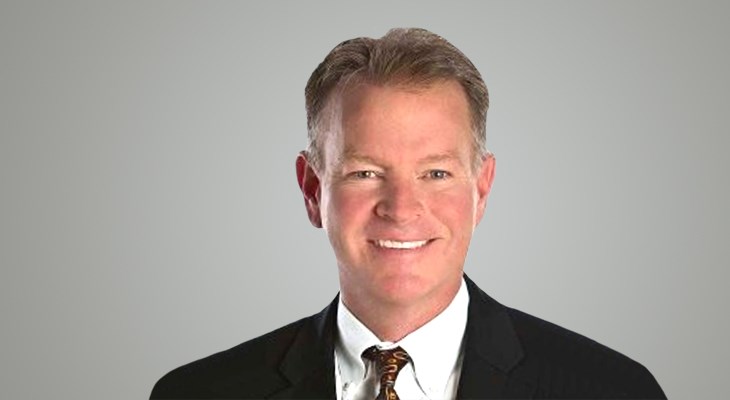At the St. Louis Dealmakers Conference earlier this year, Jeff Hewitt, today CEO and co-founder of Curo Group, told the story about how his former company, Welch ATM, strengthened itself internally, a move that enabled it to be sold from a position of increased strength a few years later. It meant working with one type of buyer in order to be sold to a second type of buyer, each having a specific point and purpose in Welch’s trajectory.
Within Welch, there were some struggles in the ownership group that were holding it back from realizing its potential. The business was doing well, but not everyone was contributing equally. So Hewitt connected with a group of financial buyers from a private equity firm to consolidate the ownership and recapitalize the business.
That private equity firm knew who the rainmakers were in the business and they knew who wasn’t. They worked build a model, of sorts, to make sure that the people that were the rainmakers could be very successful while giving the others the money they needed to get out of the business.
That set the company up for its second big move.
Little pond
Welch ATM at the time was doing very well. It had become the second largest company in its industry in the U.S. in part because of the acceleration in the capital it received from the private equity company. It had one other competitor in its industry and it was a big public company — the largest company in the U.S. in that industry.
“And every time we took a deal away from them, their market cap went down,” Hewitt said. “So the whole value of our industry went down. We really had nowhere else to grow outside of taking market from them. So either we want to be the biggest guys in the in the industry, which was going to take a lot more work and a lot more capital, or we could sell at what we thought was the peak knowing that there was a company out there that were real buyers and could close the deal.”
Hewitt says at that time he was in his mid-40s and was eager to grow the business.
“I knew I had a long runway for the business and really felt I could take over a lot of the market share,” he said. “I wanted that model to really be able to grow the business where, at that time with the strategic, it was a 100 percent deal — you're going to get a nice title for four years and then that was about it.”
So the PE firm did just that: they built a model that gave Hewitt the opportunity to take the majority of the business back if the company hit certain benchmarks, which it did. In four years, he said the business grew tenfold.
“It was the right decision,” he said. “But there are many times I thought about doing the strategic just to get out of it all and be done with it.”
Situational deal
However, just a few years later, Hewitt and Welch were back to the previous situation: the only business that it could get was by taking it from the bigger company, which was setting the bar on the multiple on the valuation of all the companies, which was the highest it's ever been.
After Welch did a deal that took away one of that company’s largest customers, it bought Welch six months later — Welch ATM was sold to Cardtronics for $160 million in 2014.
“So it's really the situation —how hard you want to work, where you think the business is going, the competition,” Hewitt said. “And also that valuation is really important. It was just great timing on our part from the first deal with the financial buyer and then we grew into the strategic buyer. So each one was a little bit different.”




